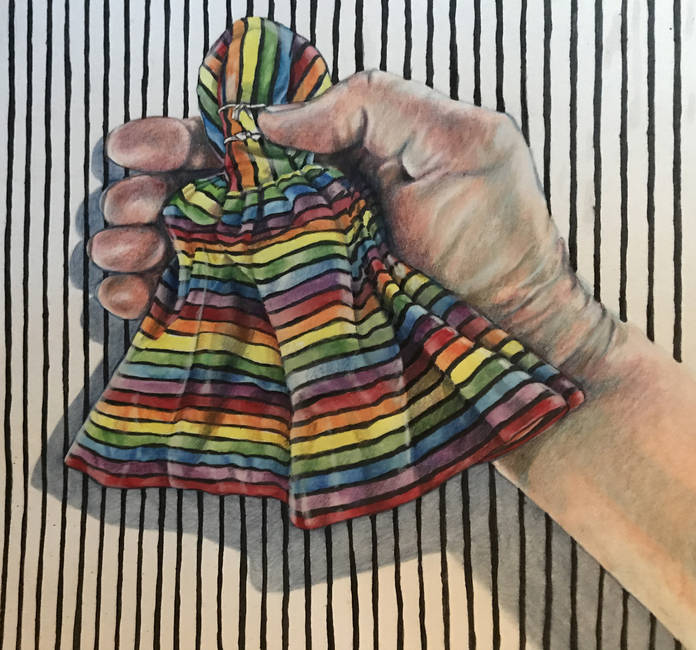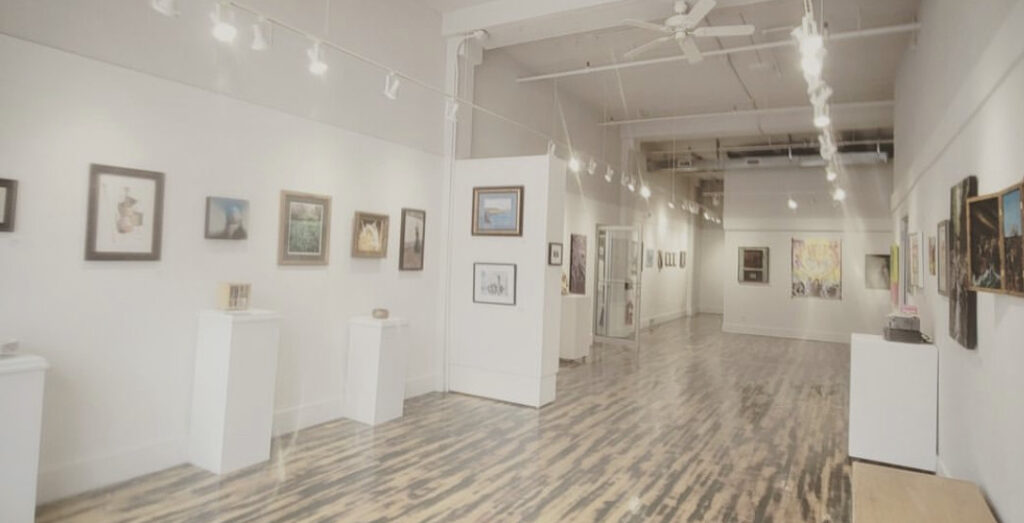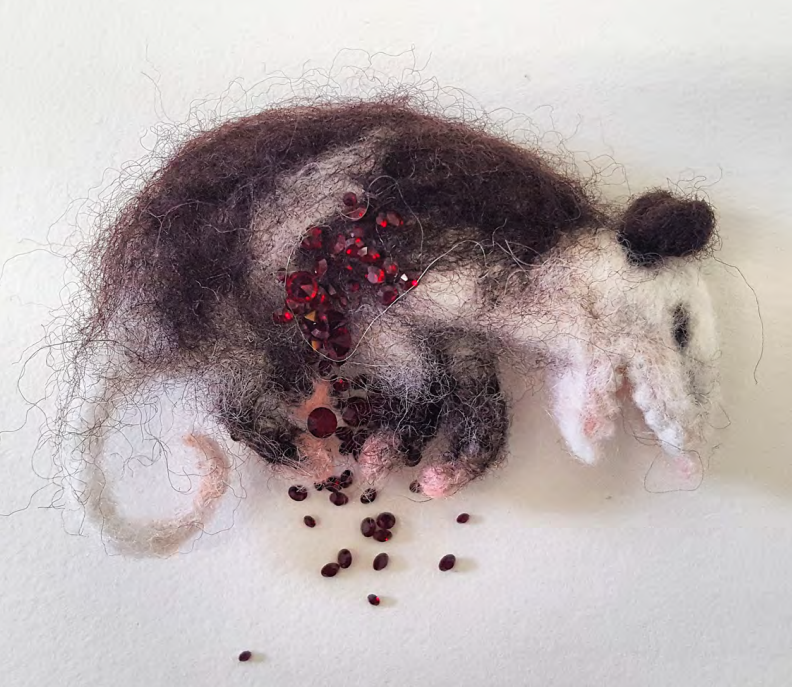
- This event has passed.
Empty Dresses PAULA STREETER
May 25, 2018 - June 30, 2018

Empty Dresses
PAULA STREETER
May 25 – June 30, 2018
COMMUNITY GALLERY
Empty Dresses as a concept was conceived half a lifetime ago while attending the estate auction of an early Swedish immigrant to the Midwest. Among the many hand crafted items from the latter half of the nineteenth century were two intricately and nearly identically embroidered, grayed with age, christening gowns that decades earlier were wrapped in brown paper and bound with string. Many auction attendees commented how the handmade lace and frill represented a lost art and a few identified the embroidered flowers as symbols of hope, innocence and good fortune. No one commented on the fact that one of the gowns, nearly three feet in length, was tied into a knot.
This image never left and as time has passed, other dresses have inspired narratives that have been added to my mind’s eye gallery: the young girl’s exquisite Edwardian summer dress with grass stains down the length of the back carefully starched and preserved in a box, the 1870 calico dress with patches upon patches found in a bag of fabric once destined to be recycled into pieces for a quilt, and the 1960’s wedding dress stained with an unknown substance and with the right sleeve detached.
Rather than “the individual can make the dress”, “the dress can fashion the story” is the focus of commemorating and creating two-dimensional narratives based on the dress. Much more than an exclusive statement or expression, couture or style, dress is or has been a gauge of social standing and taste, a sustainer of emotional and physical stability or vulnerability, the outward expression of modesty or blatant sexuality, or used for the concealment or revelation of historic, cultural and ethnic identity. Dress can stimulate strong reactions and judgements or offer the ability to blend into the scenery, support individuality through the expression of craft, skill and creativity or acceptance of mass production and/or mediocrity.
The very assortment of materials from which dresses are fashioned; silk brocade to buckskin, patterned or plain, worn, torn and wrinkled or starched and crisp, as well as the potential to manipulate the form, offer great possibilities for the development of visual narratives through the rendering the dresses.
In the summer of 2016, the 125-year-old “work of art” became the muse for the translation of the knotted Christening gown to a two-dimensional rendering in sterling silver metal point on board entitled Not and Empty Dresses commenced. Empty Dresses has developed into three thematic series; Childhood Lost illustrating children’s dresses and experiences done in charcoal, colored pencils, pastels, graphite and watercolor, Handled a series depicting the hand engaged with dress and executed primarily in colored pencil and water color and Historic Media exploring women in history as represented by their dress rendered in egg tempera, metal point, encaustic, handmade inks and charcoals (supported in part by the Iowa Arts Council and National Endowment for the Arts).
The breadth of subject matter spurred by the many facets of dress and the dramatic effects of dress as a vacant vessel leave me to believe that Empty Dresses will expand into a multitude of series and continue to inspire.




